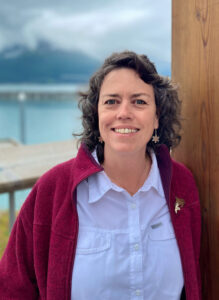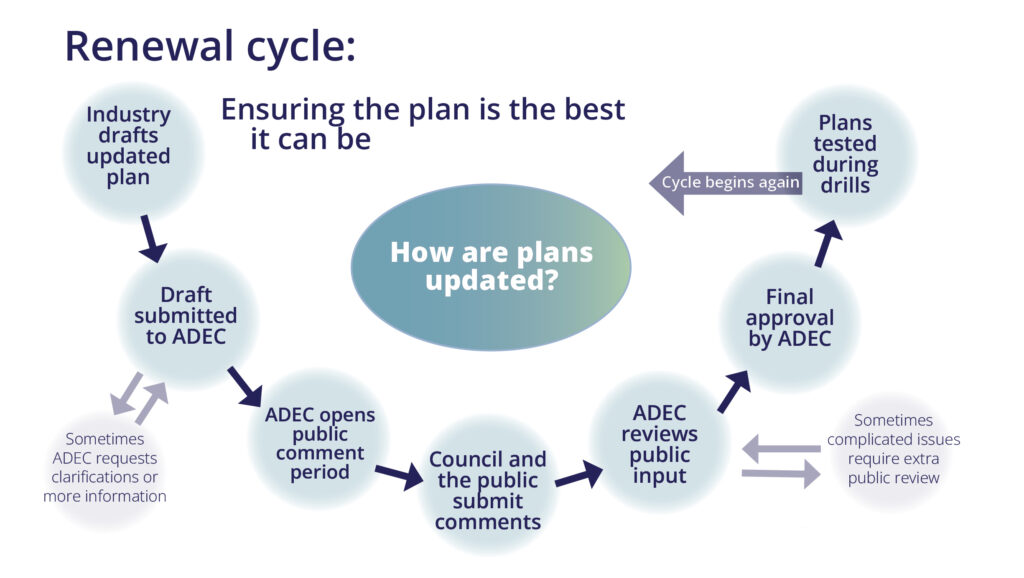Dr. Richard Fineberg, expert on the economics and profits of the oil industry in Alaska, passed away in September 2024. Fineberg was a researcher and investigative journalist who focused on environmental issues related to petroleum development and oil economics in Alaska.
Fineberg conducted studies and wrote reports for many organizations, including the Council. In the 1990s and early 2000s, his research for the Council ranged from ballast water treatment to industry profits to how the oil industry is required to restore the land once the terminal and pipeline are no longer in use.
“Richard was meticulous in verifying the accuracy of his work,” said Donna Schantz, executive director for the Council. “His thoroughness and attention to detail made his contributions invaluable to the important discussions around these topics.”
In 2005, Fineberg analyzed how much money the trans-Alaska pipeline and oil terminal facilities in Valdez were making for the oil companies. At the time, the oil industry was claiming that, due to financial reasons, they needed to reduce environmental protections and were unable to afford new protections.
According to the lease agreement between the Trans Alaska Pipeline System owners and the state and federal governments, industry is obligated to dismantle and remove all equipment and facilities and restore the land to a satisfactory condition. This includes all facilities at the Valdez Marine Terminal.
To pay for this cleanup, a tariff was imposed on oil flowing through the pipeline. Fineberg analyzed how much was collected by this complicated tariff, and whether enough would be available for its intended purpose when the pipeline eventually shuts down.
“Anyone who was fortunate enough to have worked with Richard knows that he was an exceptionally smart public servant who put in a tremendous amount of his time and energy into researching complex issues,” said Schantz. “His work helped improve safety of Alaska’s oil transportation industry.”
More on Fineberg’s work
Dr Fineberg had an extensive career that touched on many topics. Learn more:
- Richard Fineberg’s profound but little-known Alaska legacy – Anchorage Daily News opinion by Philip Wight
- Richard Fineberg, a tireless watchdog – By Dermot Cole
- Richard A. Fineberg, Relentless Skeptic of Alaska Pipeline, Dies at 83 – Obituary from the New York Times
Two of Fineberg’s reports are available on our website:



